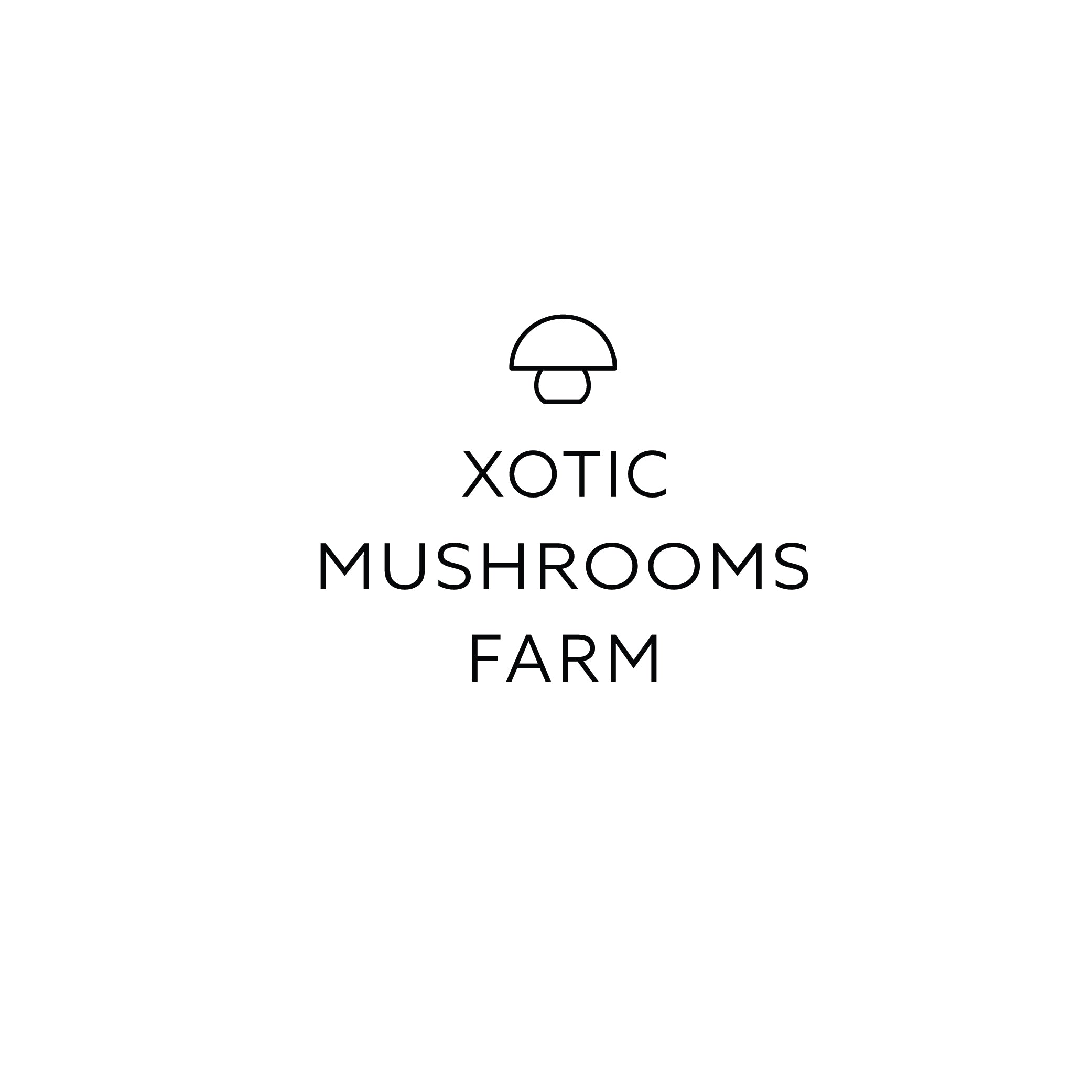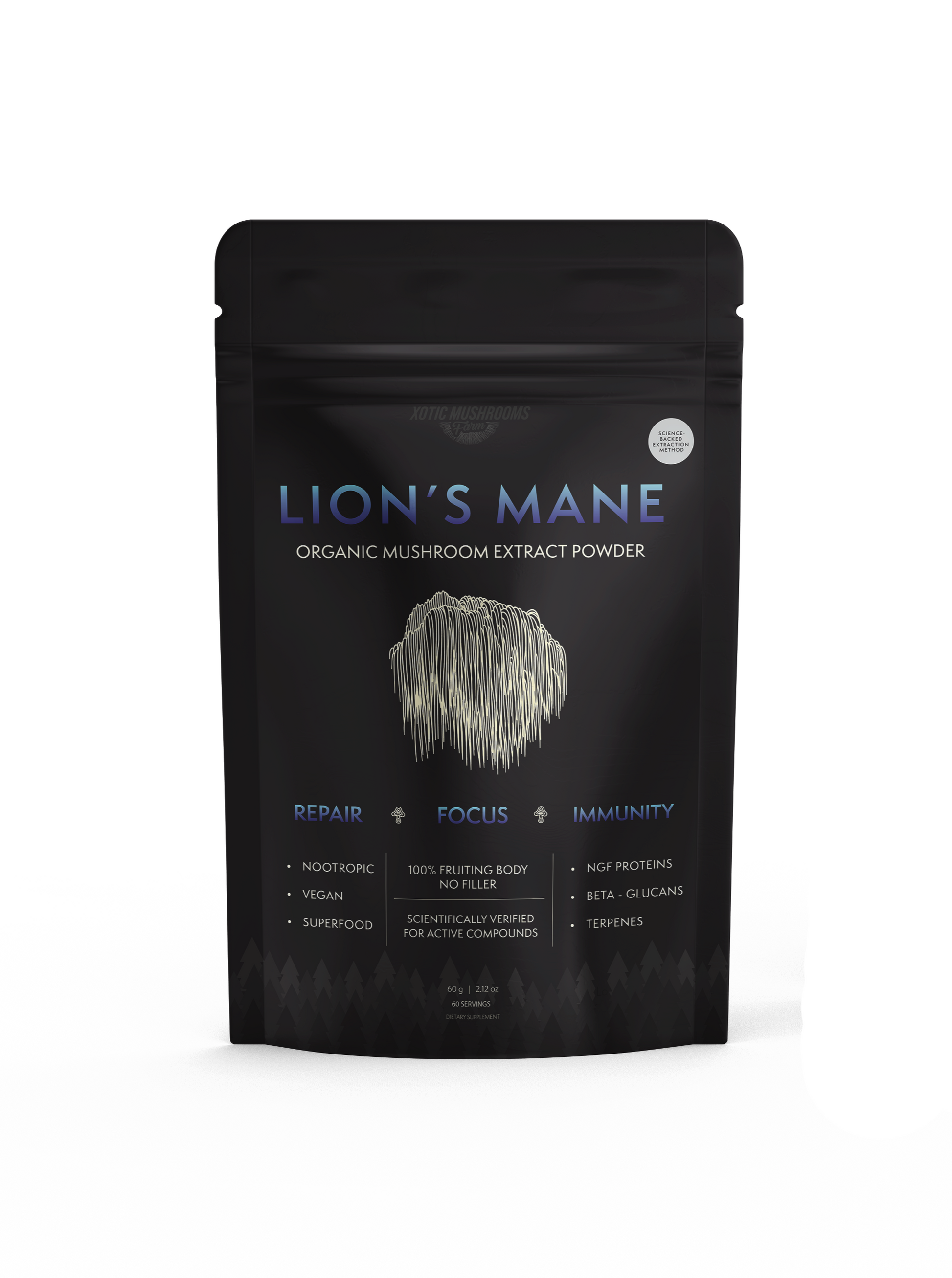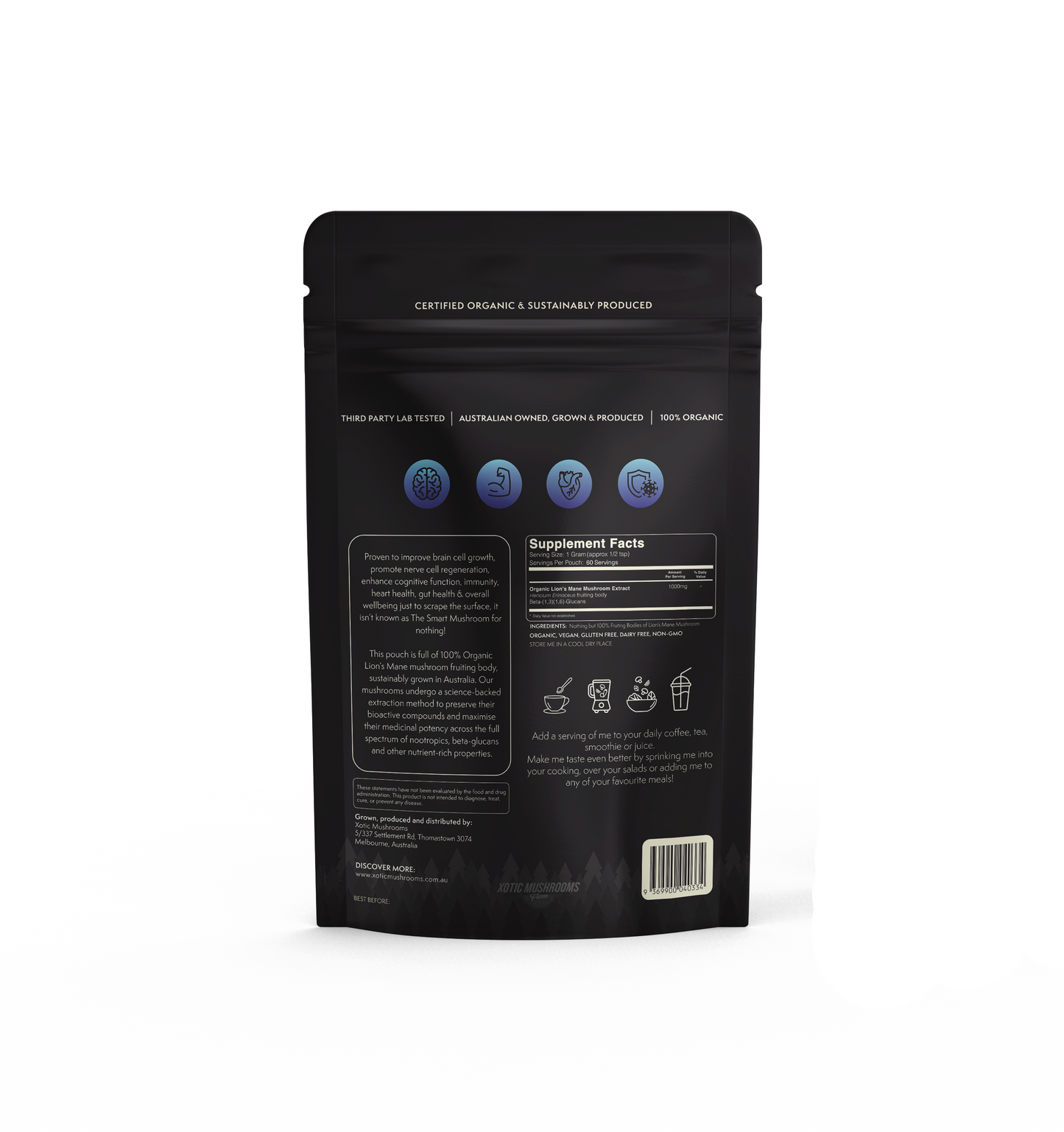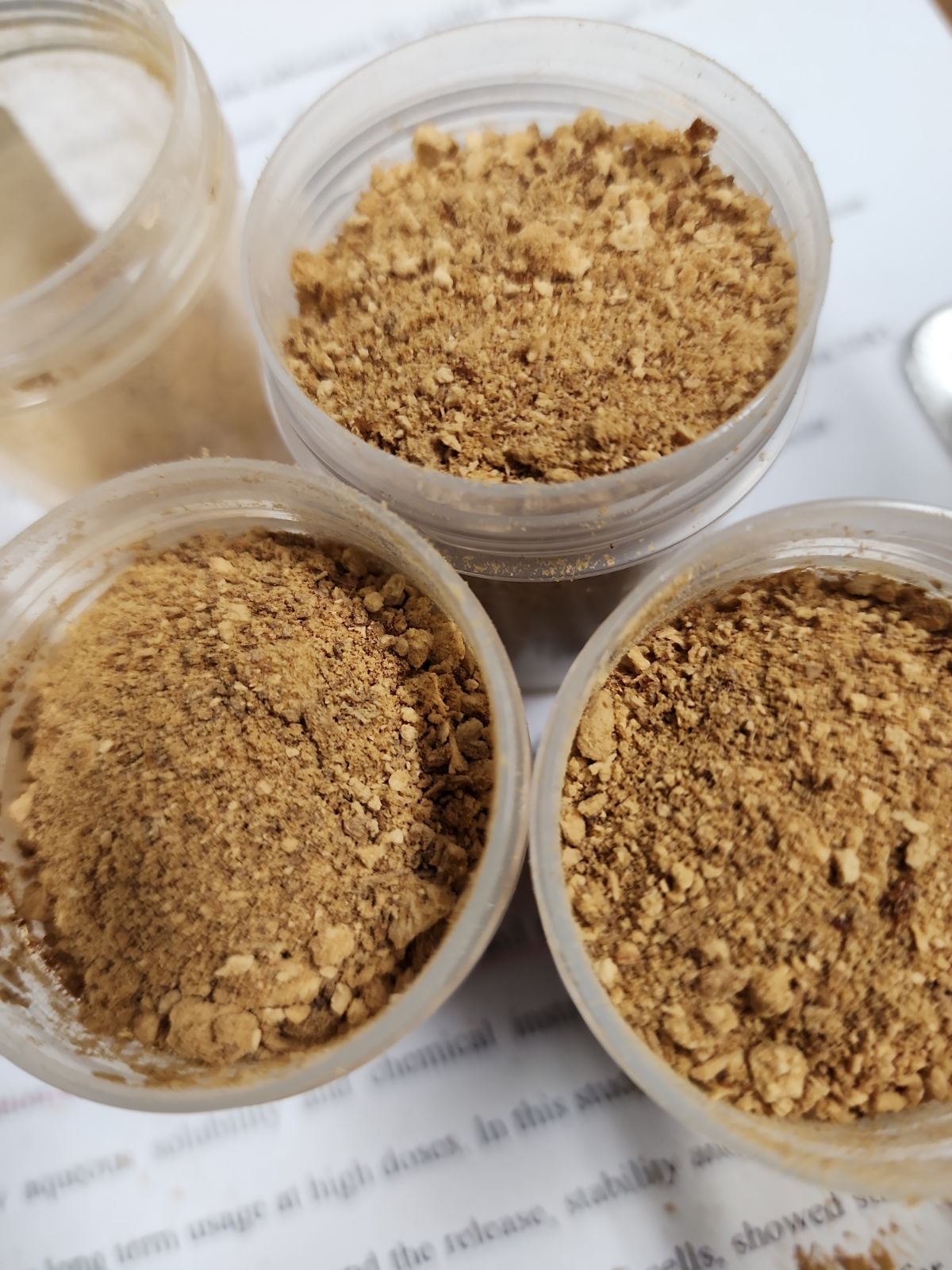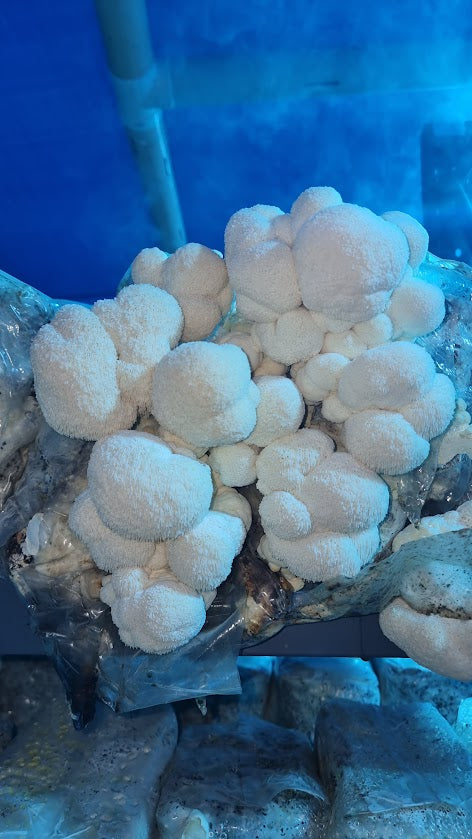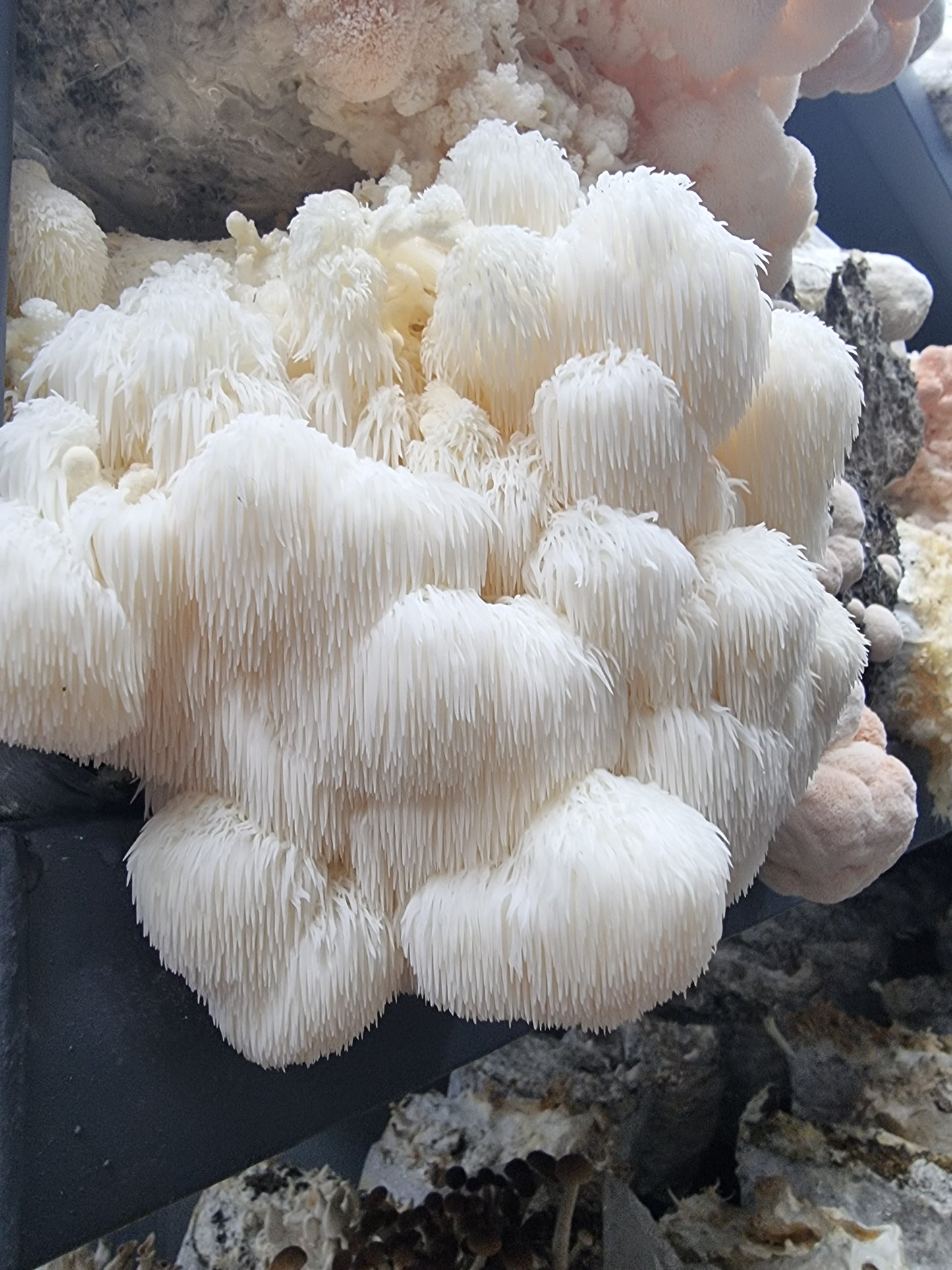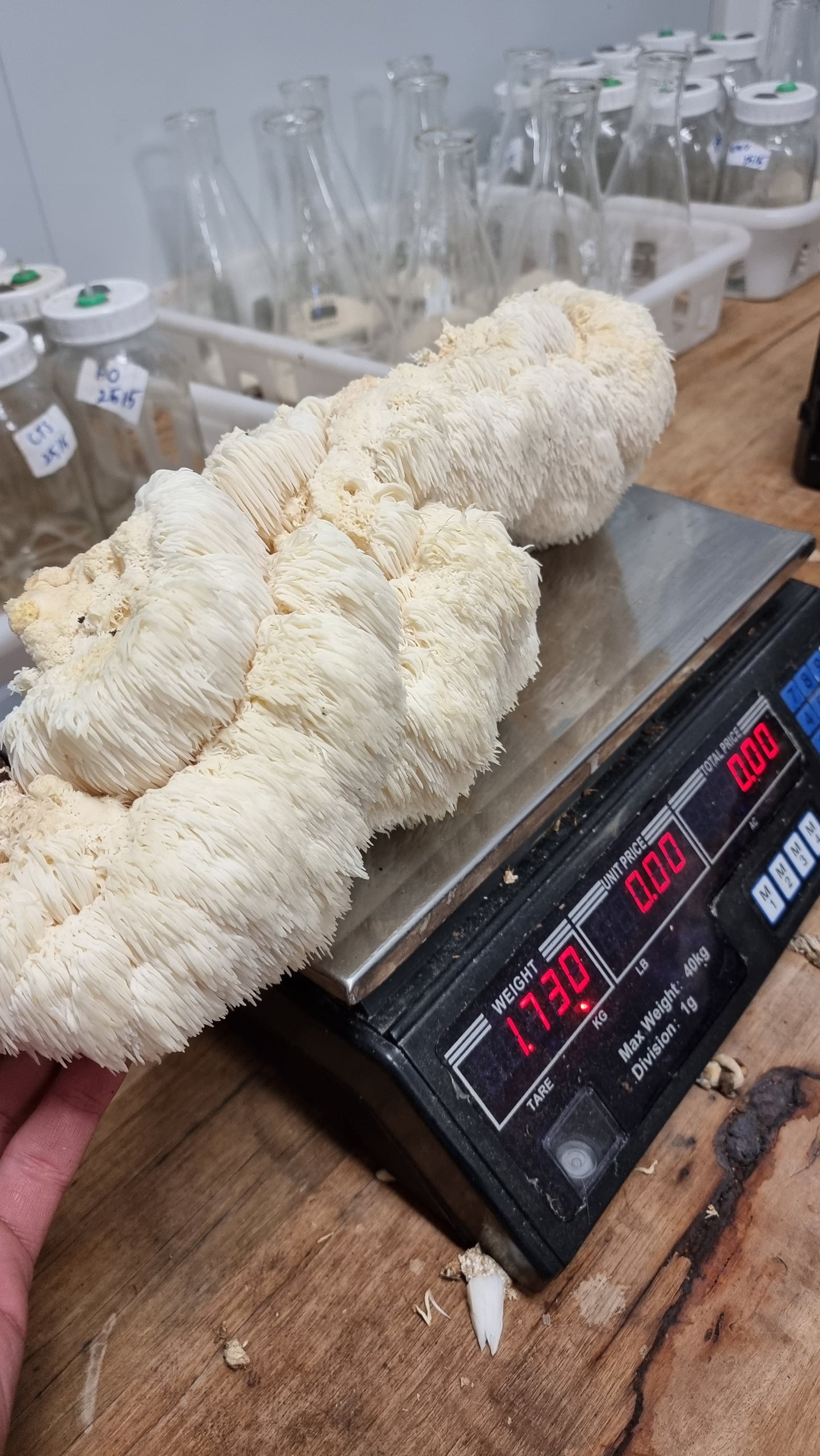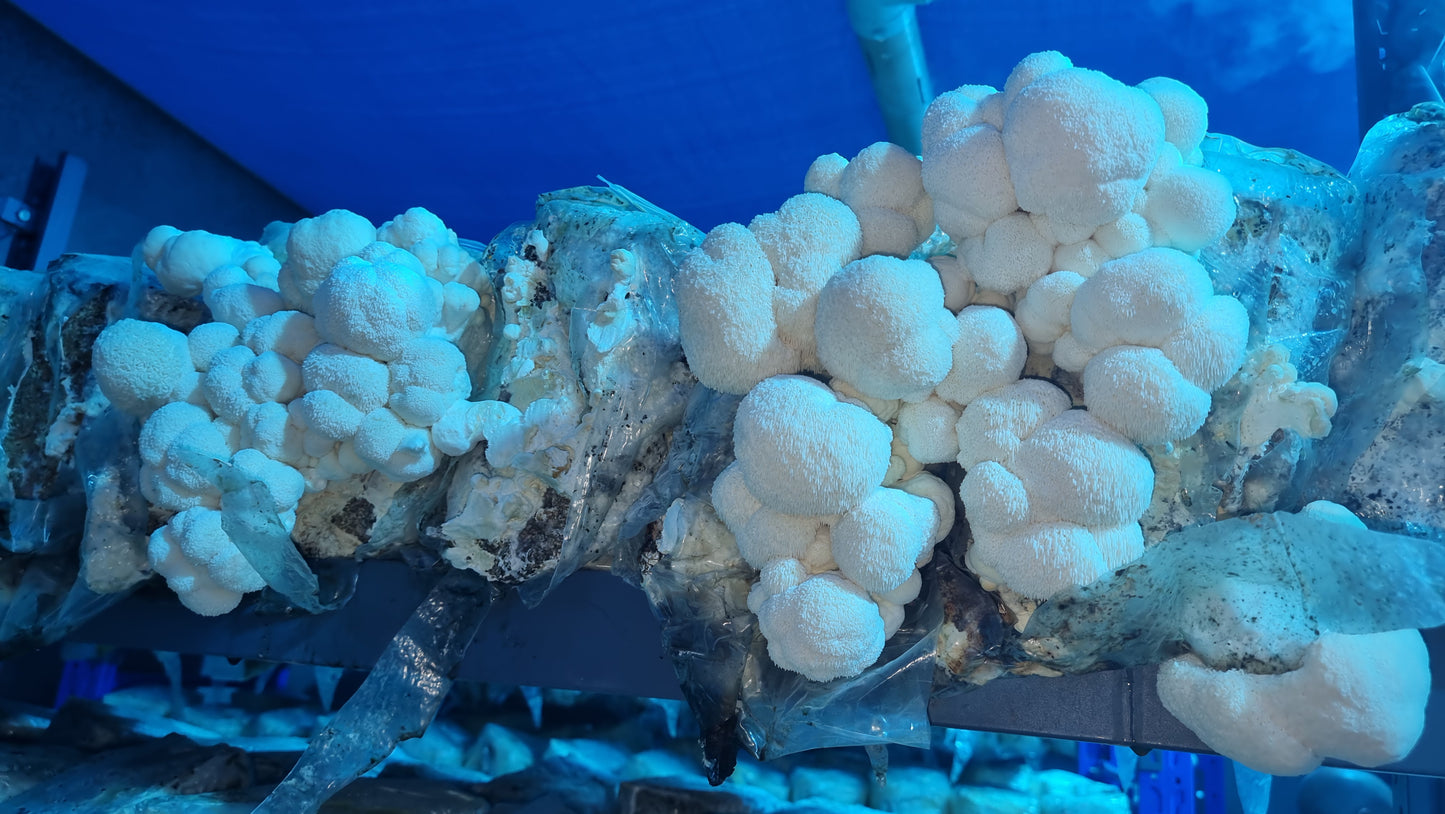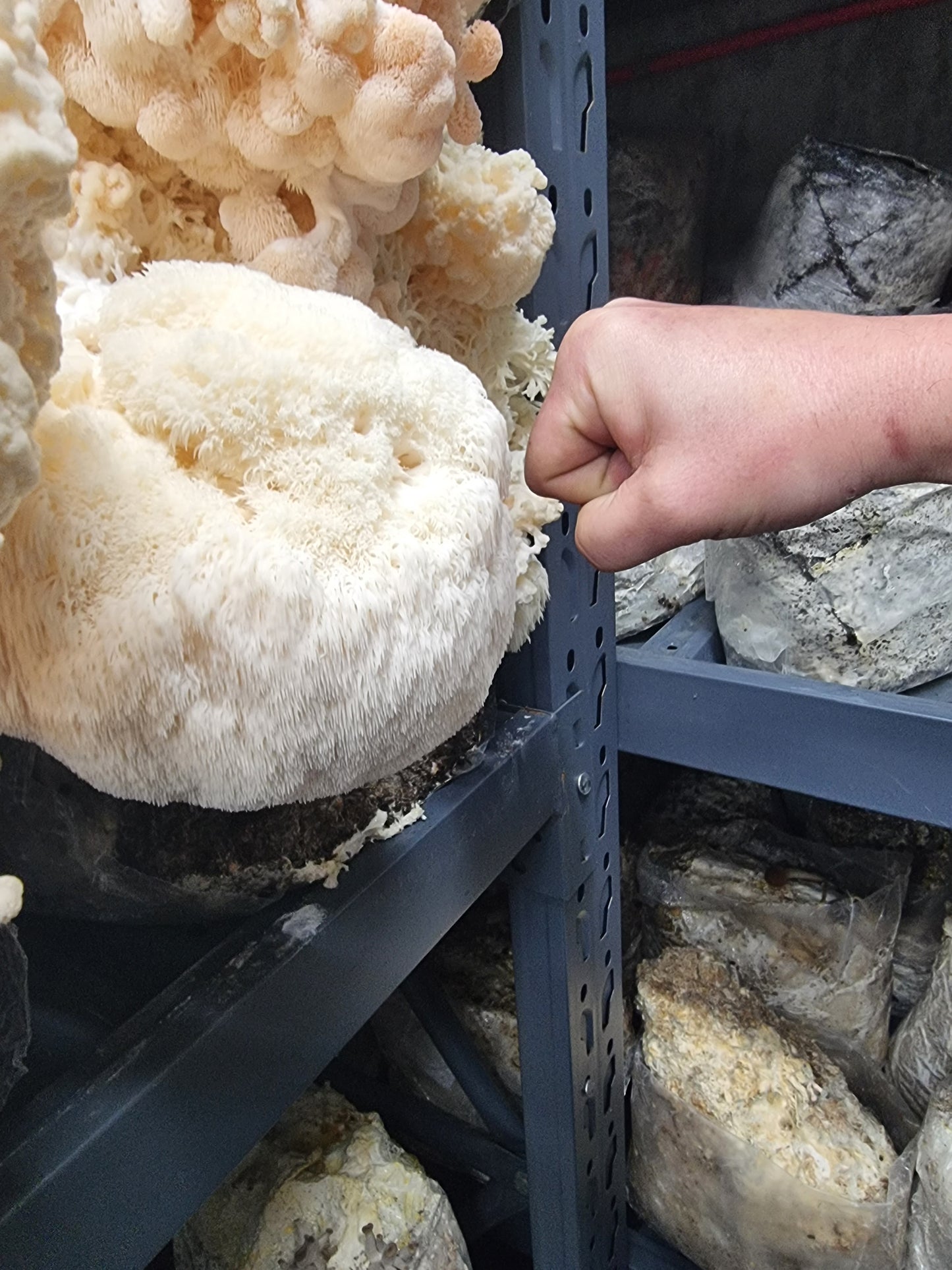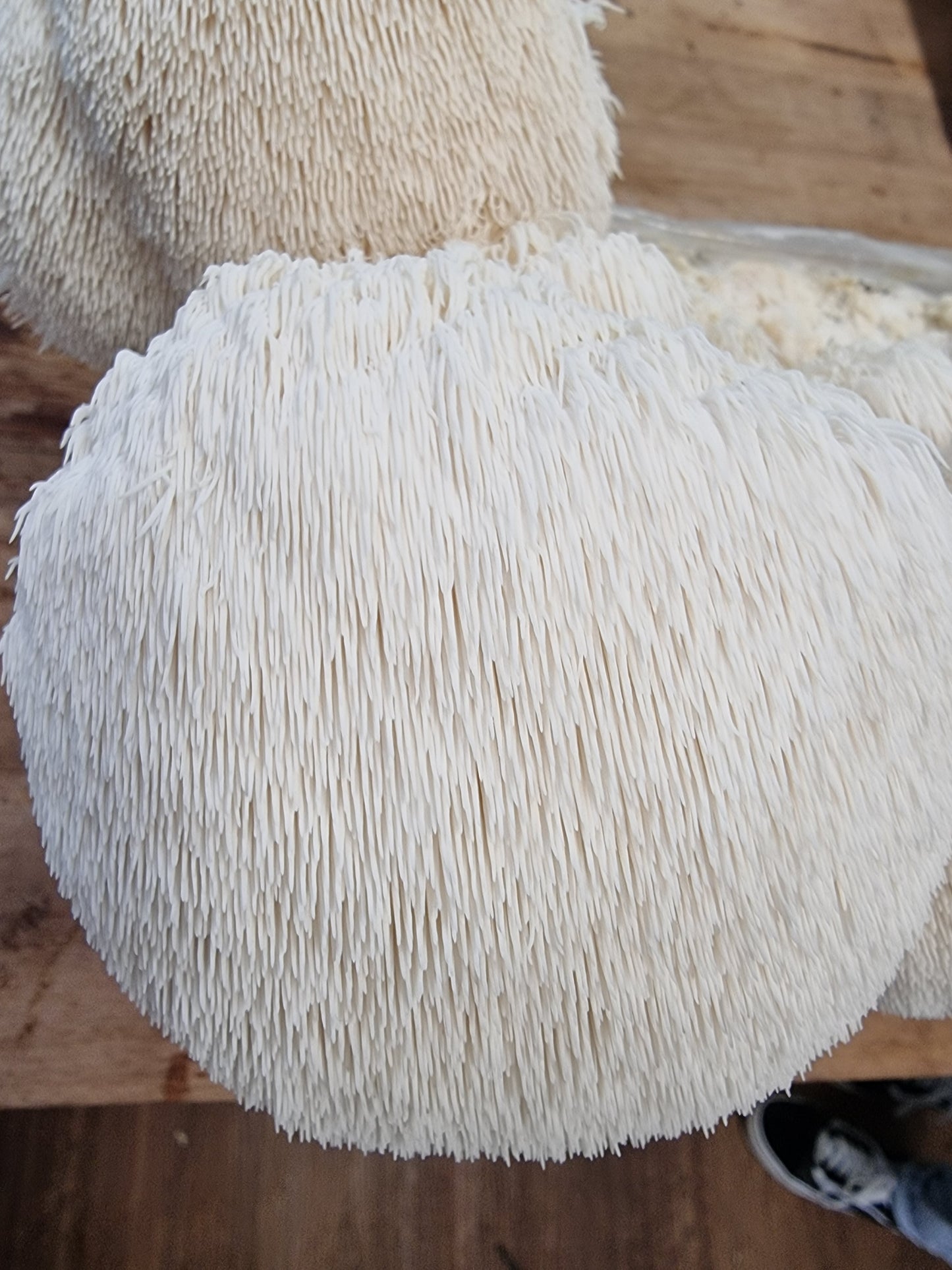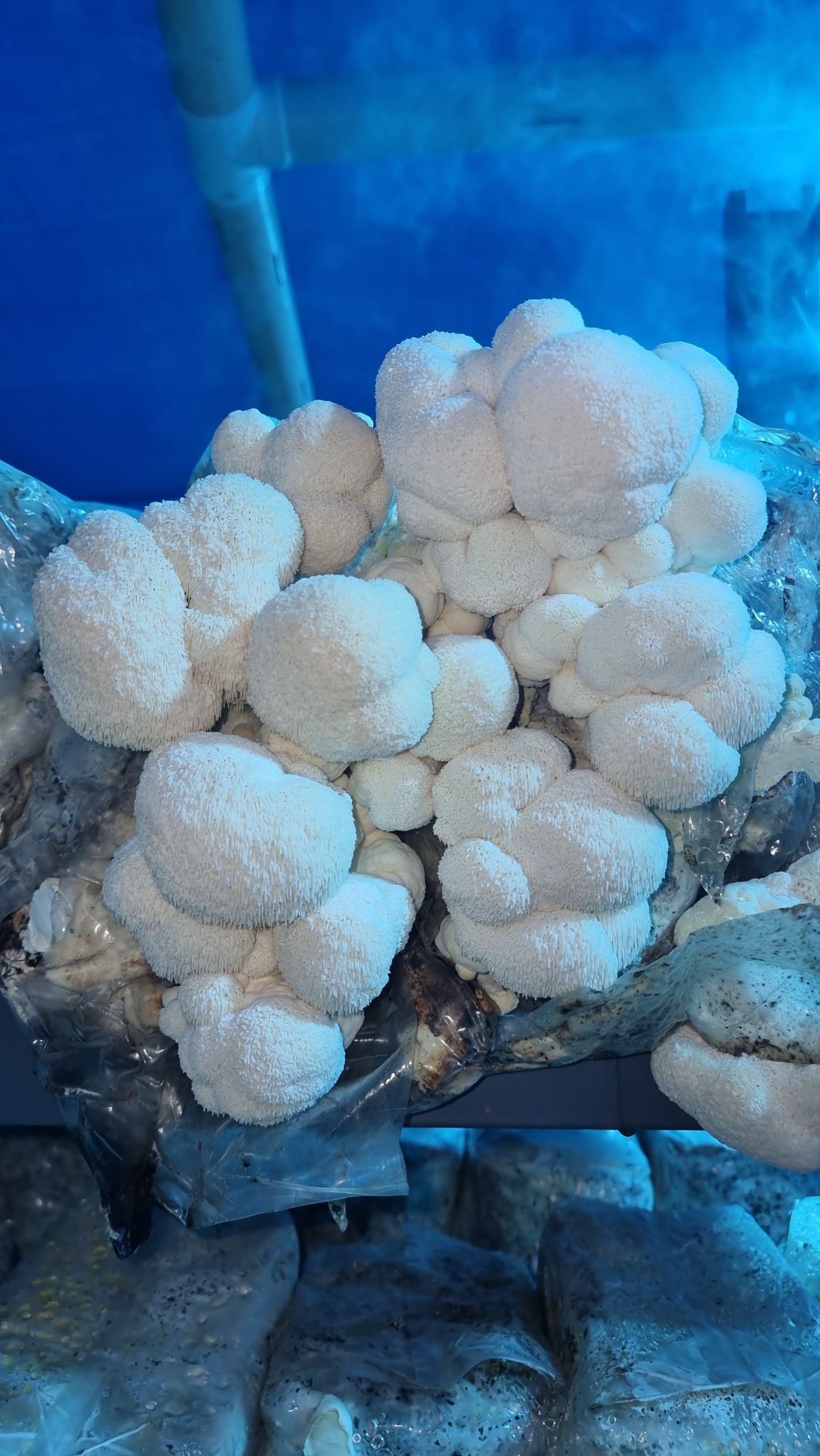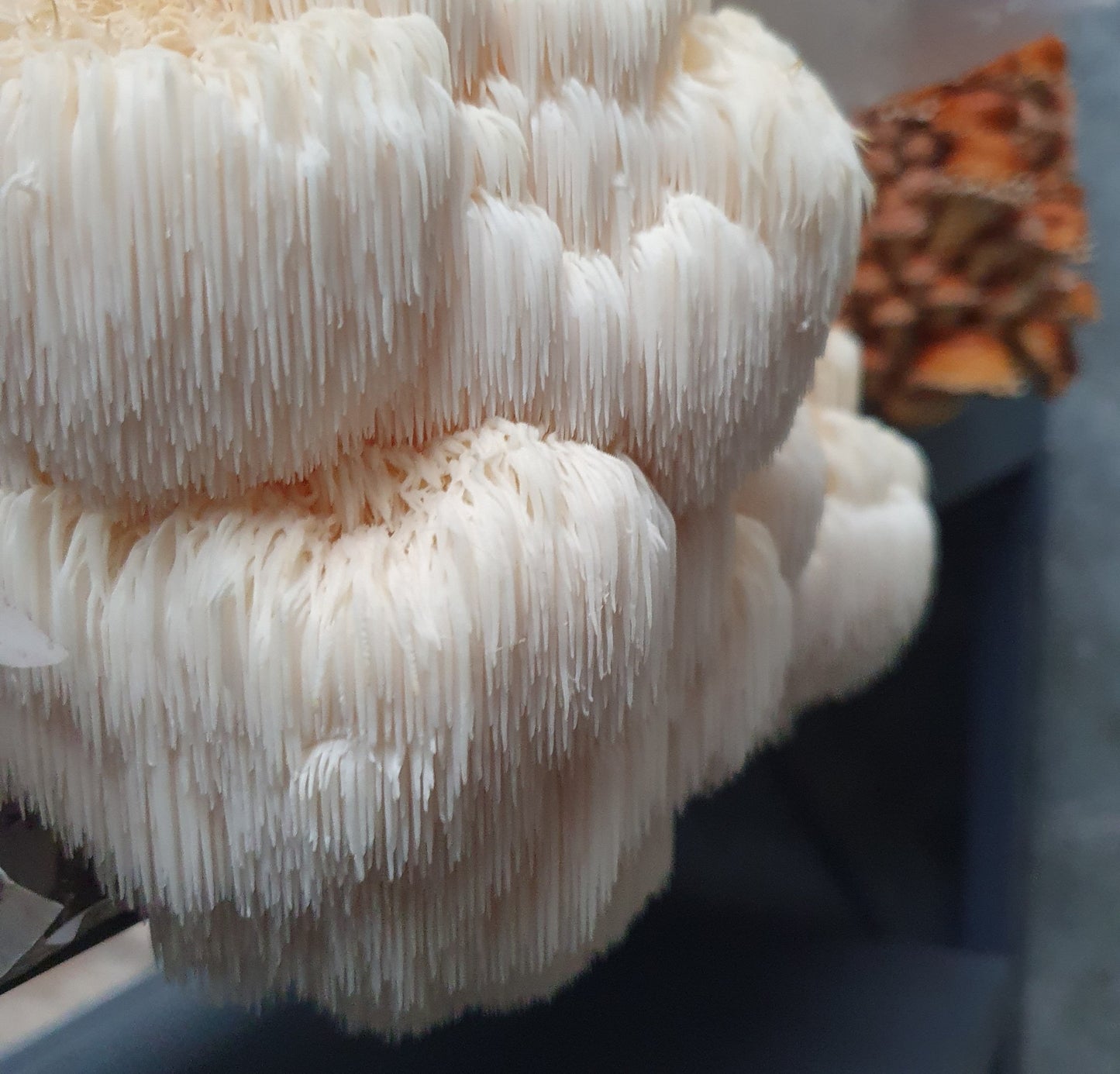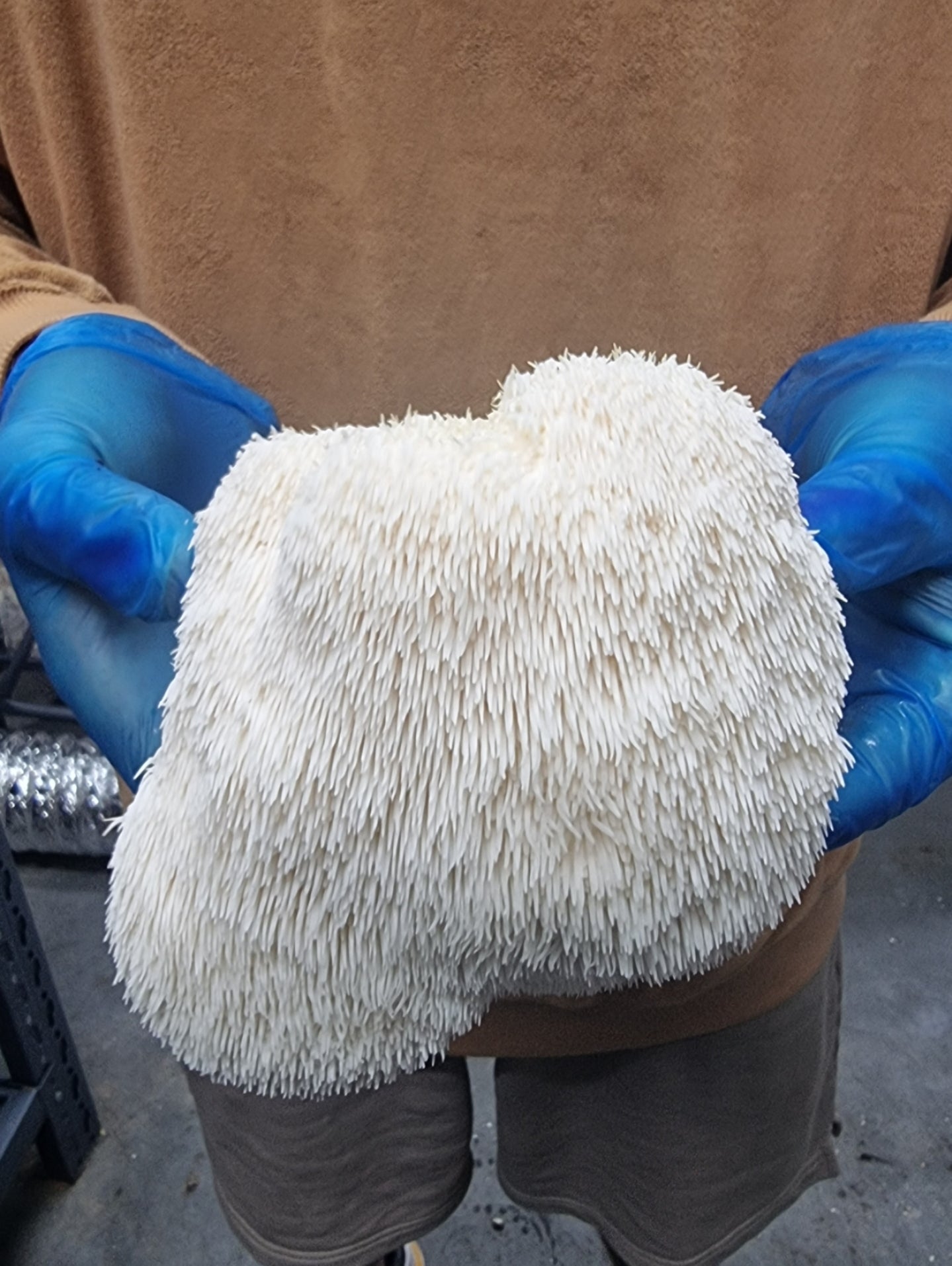Mushrooms, a fascinating member of the fungi kingdom, have captivated human curiosity for centuries.
Their mystical allure and potential health benefits have led to numerous myths and misconceptions surrounding their consumption.
In this article, we will delve into eight common mushroom myths, exploring the truth behind each one.
By debunking these misconceptions, we aim to provide accurate information and promote a better understanding of mushrooms.
1. All Mushrooms Cause Candida
One prevalent myth suggests that all mushrooms worsen candida, a yeast overgrowth condition. However, this is not entirely accurate.
While certain mushrooms can exacerbate candida, others, like Shiitake, have shown effectiveness in combating it.
Shiitake possesses beneficial yeast properties that support the immune response against candida, aiding in its eradication.
It's important to differentiate between various mushroom species and consult with a healthcare professional to determine their impact on candida.
2. Mushrooms Stimulate The Immune System
Often touted as natural immune boosters, mushrooms possess adaptogenic properties that can modulate immune function.
When the immune system is underactive, mushrooms can stimulate it to enhance its performance.
Conversely, if the immune system is overactive, mushrooms can help regulate its response. This adaptability showcases the unique abilities of mushrooms in supporting immune health.
3. Mushrooms Have No Nutritional Value
Contrary to popular belief, mushrooms offer considerable nutritional benefits.
While their appearance may be unassuming, mushrooms pack a punch in terms of nutrients.
They are rich in antioxidants, medicinal compounds, vitamins (such as B vitamins), minerals (including selenium and potassium), fiber, and amino acids.
Incorporating mushrooms into a well-rounded diet can provide numerous health benefits.
4. All Mushroom Products Are The Same
Not all mushroom products are created equal.
Factors such as the growing environment, organic cultivation, extraction methods, and the specific parts of the mushroom used can significantly impact the quality and composition of the final product.
It is essential to source mushrooms from reputable suppliers who prioritize quality and transparency in their processes.
5. There’s No Science To Back Up The Benefits
Some skeptics claim that there is a lack of scientific evidence supporting the health benefits of mushrooms.
However, this is far from true. In the past decade alone, there have been over 100,000 studies conducted on functional mushrooms in Asia, with a notable increase in research from the Western world.
These studies explore the therapeutic potential of mushrooms and their historical use in traditional medicine.
The growing body of scientific evidence underscores the value of mushrooms as a wellness product.
6. All Wild Mushrooms Are Dangerous
While it is true that some wild mushrooms can be toxic, it is incorrect to assume that all wild mushrooms are dangerous. With over 1.5 million species of fungi, only a small fraction are poisonous.
However, identifying edible mushrooms can be challenging, even for seasoned foragers. To ensure safety, it is crucial to seek guidance from experienced experts who can teach proper identification techniques and educate about potential hazards.
7. There’s A Difference Between Mushrooms And Toadstools
The terms "mushrooms" and "toadstools" are often used interchangeably, but scientifically, there is no clear distinction between the two.
In common speech, "toadstool" is sometimes used to refer to toxic or inedible mushrooms, while "mushroom" typically denotes edible varieties.
However, this classification is not universally accepted and can vary depending on regional usage.
Accurate identification and knowledge of specific species are essential when discussing mushrooms and toadstools.
8. Magic Mushrooms Can Explain The Origin Of Santa
One intriguing myth connects magic mushrooms to the origins of Santa Claus.
According to folklore, Siberian Shamans used hallucinogenic mushrooms during winter rituals and gift-giving ceremonies.
The red and white Amanita muscaria mushroom, resembling Santa's iconic suit, grows near pine trees and is associated with these traditions.
While this theory remains speculative, it highlights the fascinating intersections between cultural traditions and the world of mushrooms.
Final Thought
In conclusion, debunking common mushroom myths reveals the intricate world of fungi and dispels misconceptions surrounding their consumption.
Mushrooms offer a wide array of health benefits, provided that they are consumed responsibly and with proper knowledge. As interest in mushrooms continues to grow, scientific research supports their historical use and uncovers new possibilities.
By understanding the facts and separating them from fiction, we can embrace the wonders of mushrooms and harness their potential for improved well-being.
